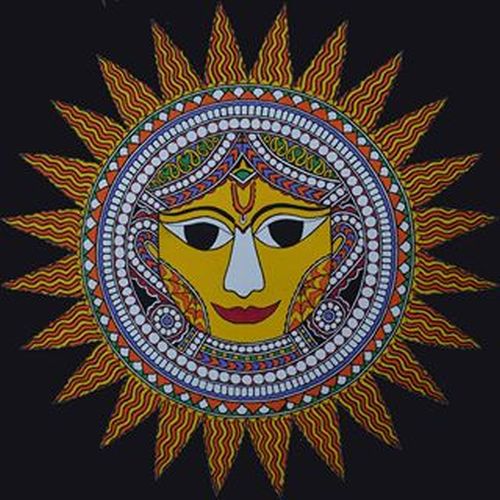- 470
Mithila Art Institute
To connect through art the culture of Mithila and contemporary global society.
Affiliated By : Aryabhatta Knowledge University
For : Co Education
A Little About Us
On the ground in India from 1977 to 2000, the Ethnic Arts Foundation consisted largely of one person, the American anthropologist Raymond Owens. After completing his doctoral studies and teaching at the University of Texas, in late 1976 Owens went to India on a Fulbright Fellowship to conduct research on flood control and irrigation issues. The Indian states of Bihar and Bengal were especially vulnerable to floods, and Owens decided to conduct his research in the Mithila region of Bihar that historically extended into Nepal. At the time he was unaware of the Mithila painting tradition. However, on reaching the town and district of Madhubani he was completely entranced by the beauty and vitality of the paintings he saw by the early masters of painting on paper: Sita Devi, Ganga Devi, Jagadamba Devi, Jumuna Devi, and others.
At the same time he was deeply troubled by the exploitation of the artists by Delhi-based dealers demanding forty or fifty paintings, often repetitive in style and design to suit urban market demands, and who only offered to pay three to five rupees per painting. The painters and Owens recognized that this would destroy the creativity of the artists and assure the rapid decline of the tradition. Fortunately, just before his arrival in Madhubani, Owens had heard the famous anthropologist, M.N. Srinivas, lecture on how anthroplogists should not just study villages, but also be of use to them.
Taking Srinivas' words to heart, he abandoned his water research and began working with numerous painters in the nearby villages of Jitwarpur and Ranti. There, he encouraged the artists to paint subjects they really cared about, to produce their best work, and offered to pay them fifty to seventy-five rupees for the paintings. Owens returned to the US in 1977 with 35 of those paintings. And together with several friends who were equally entranced by them, they founded the Ethnic Arts Foundation (EAF) in 1980. These key friends were Joseph Elder, a sociologist at the University of Wisconsin, Madison, Parmeshwar Jha, an economist at Rutgers University and originally from Madhubani, and David Szanton, an anthropologist at the Social Science Research Council, in New York City and later at the University of California, Berkeley.
Since then the EAF has mounted some 50 exhibitions and sales of Mithila paintings, the proceeds from which have gone as second payments to the artists. The goal is simple: to make producing aesthetically powerful paintings an economically viable option for the artists. Thus it was a terrible shock when Owens suddenly passed away in 2000. The painters were dismayed at having lost a constant source of support and motivation. And his friends in the US thought it would be the end of the Ethnic Arts Foundation.
However, when in late 2002 it was learned that Owens had left a bequest in his will to continue what he had been doing, Elder, Jha, and Szanton traveled to Madhubani to consult with the painters about the current situation. They quickly agreed to continue doing what Owens had pioneered. And on being told that few young women were still interested in learning to paint from their mothers, they proposed using Owens' funds to establish a free art school in Madhubani in the hope of encouraging and training new generations of Mithila painters. With the artists' agreement, in February 2003 the MAI opened its doors for talented applicants who wished to learn their historic tradition and to produce original paintings on subjects close to their hearts.
